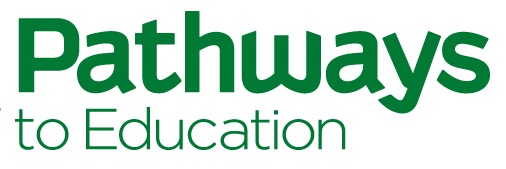Amid the excitement that comes at the beginning of a new school year, this season often brings additional stress and obstacles for families living in low-income communities. When the bell on the first day of school rings, students can be starting the year from a very different place than their peers.
Although public high school education is free in Canada, research shows there are several pressing financial barriers that families face for youth to attend high school and make the most out of their learning experience.
What can set students back?
1. School Supplies and Clothing
Some students will arrive on the first day of school feeling ready for this fresh start with new clothes, backpacks, pens and pencils. But with the rising costs of these essential items, many families struggle to provide their children with the necessary materials and attire for school. Studies show that basic supplies, including backpacks, pens and pencils, binders, and calculators, can cost an average of $200 to $300 per student.
2. Nutrition and Meal Security
While food isn’t often considered an educational expense, adequate nutrition is essential for students’ health and academic performance. Families facing food insecurity may have difficulty ensuring their children receive balanced meals at home and through school programs. How well can one focus while on an empty stomach?
In fact, research shows a marked increase in the number of children under the age of 18 affected by food insecurity, and more than half of families living in low-income contexts are very concerned about whether they can meet their day-to-day needs. Young people may need to balance additional jobs to help their families maintain these necessities, further impacting their ability to focus on their studies.
3. Access to Technology
In today’s digital age, technology is crucial for educational success. However, not all families can access the necessary devices or reliable internet connections. Findings show that some students still have no access to computers in the evening and that their school does not have the budget to purchase computers for all students, impacting their ability to participate in school activities. This inequitable access amplifies the digital divide, affecting students’ ability to keep up with their peers.
4. Greater learning loss over the summer break
Schools offer far more than just academic instruction. Through class activities and school clubs, students can build essential soft skills like teamwork and leadership, while also exploring their personal interests outside of regular classes. Over the break, access to such activities drastically decreases.
Overcoming these challenges may seem daunting, but the reality of it is that it’s possible.
Pathways staff nationwide work to connect youth with the opportunities necessary to achieve their academic and personal development goals. Through activities that promote community and connection, along with academic support, guidance on careers and further education, and financial assistance, students in the Pathways Program are confident that they have promising futures ahead.
Together with your support, we’re working toward ensuring that all students, regardless of their financial circumstances, can start the school year on a positive note.
